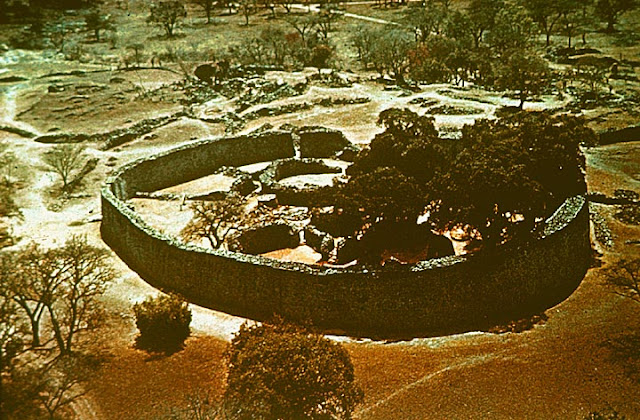The Museum of Death shows art and artifacts and several paintings of serial killers to shrunken heads. In June 1995, J.D. Healy and Catherine Shultz brought their rare collection of autopsy videos, pieces of taxidermy, skeletons, body bags, skulls, coffins, letters, many images sent by serial killers, and numerous death-themed oddities to the French quarter.
The California based museum exhibits very dreadful graphics, not for faint-hearted or weak stomachs peoples. Although, no age barrier in the museum, as they said, “WE ALL DIE”, then why don’t be afraid, however, primary cautions and consideration are highly urged.
Normally, visitors hesitate to visit the Museum, but one who does the visit, get a free t-shirt, that marks the printing of “I passed out at the Museum of Death and Live to talk about it” and they call them “falling down ovations” at the museum. The museum notable item is the head of Henri Landru’s.
One of the dangerous suicide machines of Dr. Jack Kevorkian’s installed in the museum, along with a business card of Jack Ruby, who murdered Lee Harvey Oswald, who killed U.S. President J.F Kennedy. Several letters of notorious serial killer Jeffrey Dahmer and “Unabomber” & Ted Kaczynski. Also, a special room fixed to display taxidermy different types of animals.
The painting of serial killer John Wayne Gacy, and his hair recovered from the crime scenes from the O.J. Simpson trial and Manson Family pictures. Moreover, autopsies videos of death are not reenacted, happening on the screen, which is a big part of the reason for Healy’s warning about who should visit. Exhibits on terrorism, cannibalism, and embalming are included, as well as a collection of shrunken heads.
Normally, it takes about 45 minutes to view the museum of death. However, if anyone wants to take a long time if he wants too. But keep in mind, no pictures are allowed. The purpose to build this museum to educate people about death which is the ultimate event of human life. So, they should live life without the fear of death. The founders want to limb the conversation around death since too often it doesn’t come up until it is too late.
Annual CompetitionMoreover, the death of the museum holds a Black Dahlia look-alike competition annually. The participants dressed as both pre and post mortem Dahlia.
New Orleans BranchThe couple had opened a new museum branch in New Orleans, that is called "Musee de Mort Orleans" covering 12,000 square meters of space. Now the ample space allowing them to display more collections. This museum is surrounding the subject of death items.
Product You May Interested
- Cat Spraying No More – How to Stop Your Cat from Peeing Outside the Litter Box – Permanently.
- High-Quality Dog Training Course Featuring 21 Games to Improve your Dog’s intelligence & Behavior with Professional Dog Trainer.
- Flavor Pairing Ritual Supercharges Women’s Metabolisms
- The best Keto Diet Program
- Boost Your Energy, Immune System, Sexual Function, Strength & Athletic Performance
- Find Luxury & Designer Goods, Handbags & Clothes at or Below Wholesale
- Learn How To Build A 3d Solar Panel Converts Like Crazy, and Save Lot of Money?
- Unlock your Hip Flexors, Gives you More Strength, Better Health and All-Day Energy.








































